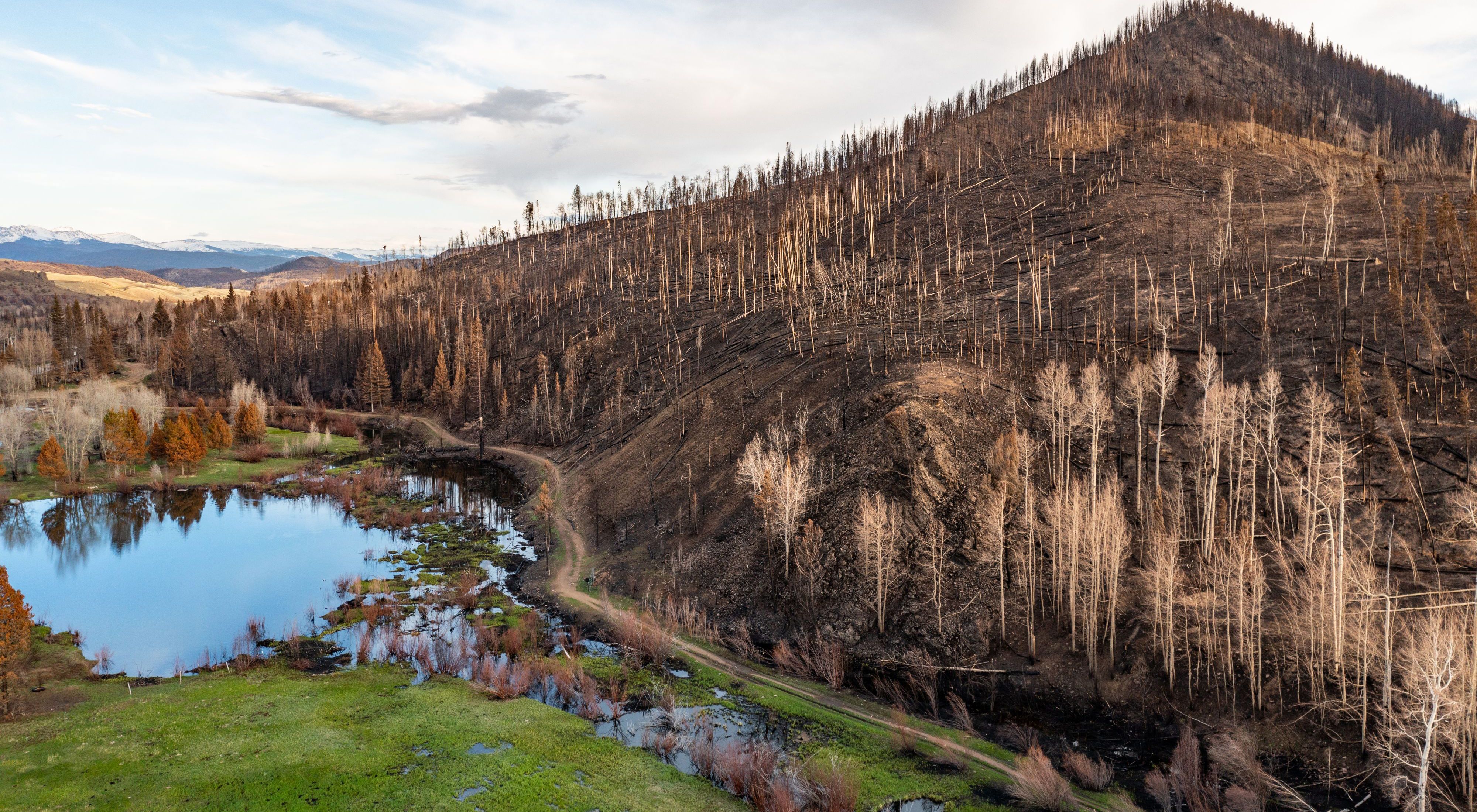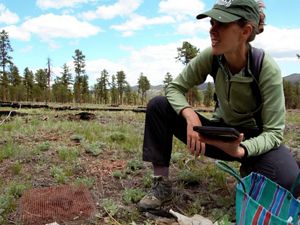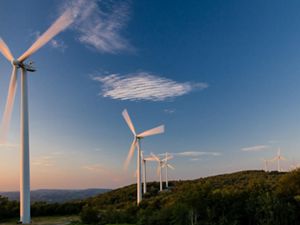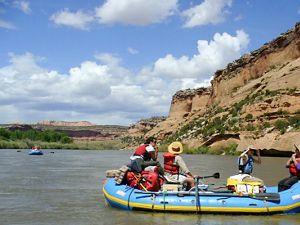Colorado Forest Fires, Climate Change and River Health
Climate change is increasing the frequency and severity of forest fires in Colorado, which are directly linked to the health of our rivers.
For locals living in Colorado, the summer of 2020 is one that will not soon be forgotten. As the world quarantined, the forests of Colorado were lit ablaze. People watched ash thick as snowflakes coat neighborhoods. They stood witness as the sky turned a deep red and the news of spreading flames plastered the internet.


Colorado Wildfires Claim a Place in History
2020 saw the three largest wildfires in the state's history, which produced an almost inconceivable amount of damage to the region. These fires included the Cameron Peak Fire, the East Troublesome Fire and the Pine Gulch Fire. The Cameron Peak fire scorched 208, 913 acres in the Arapaho and Roosevelt National forests as well as in Rocky Mountain National Park. This fire holds the title of the largest wildfire Colorado has ever seen, impacting approximately 470 structures. The East Troublesome fire decimated a staggering 193,812 acres and jumped the Continental Divide, reaching the western end of Estes Park.
What's Causing More Extreme Wildfires?
We can't save nature without you
Get updates from the conservation world & learn how you can get involved.
Some factors that may have contributed to Colorado's unusually severe 2020 fire season include a longstanding regional drought, the presence of increased tinder and dry grass, and the fact that some trees had been killed or damaged by beetles. But there is an underlying problem that is accelerating these fires—climate change. As the world warms, the Colorado forests are becoming drier—and therefore more susceptible to these mega-fires. Forests are part of a complex system, and a rise in temperature can have cascading impacts on tree health, precipitation and many other factors that contribute to fire risk.
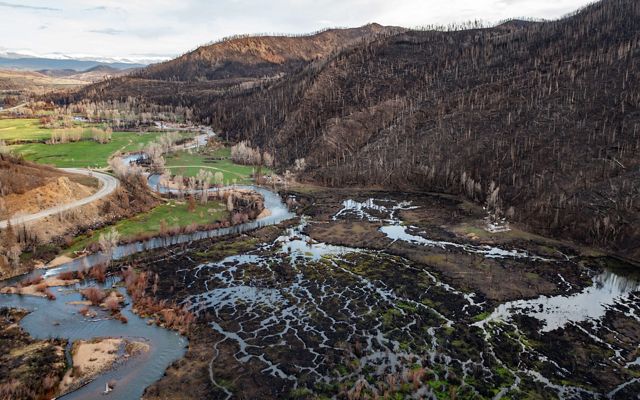
The Impact of Fire on Colorado’s Rivers
The vast majority of water in the Colorado River system originates in the forested headwaters of the Rocky Mountains in Colorado, Wyoming and Utah. Forests are essential for river health and water security in Colorado and the broader Colorado River Basin.
When enormous wildfires occur, soil in burned areas is much more readily eroded into our rivers, streams and reservoirs. This impacts not only people but also the wildlife and ecosystems dependent on clean water. Wildfires also affect watersheds that are essential for irrigating crops—affecting the agriculture industry in Colorado.

The 1996 Buffalo Creek fire and the 2002 Hayman Fire cost over $27 million in damages to water sources—and the total area burned by these fires was only a quarter of what burned in 2020. While a slight change in temperature may not alarm some people, the impacts on fire and water quality mean that the extra heat is not just costing extra on their air conditioning bill.
The idyllic natural landscape of Colorado is burning, our water sources are paying the price and the economy of the state is consequently suffering. We can no longer think of climate change as a stand-alone problem because this issue is worsening and has the potential to impact almost every aspect of our lives.
Solutions to a Monumental Problem
The Nature Conservancy is working to mitigate greenhouse gas emissions across the United States and has several ongoing projects working to restore Colorado's forests and rivers.
TNC is helping develop a Greenhouse Gas Pollution Reduction Roadmap for Colorado—pioneering the fight against climate change in the state. TNC is also working to combat the impacts of climate change on water scarcity in the Colorado River Basin through its work on the ground with agriculture partners and other stakeholders, as well as through research into how improved forest management can help retain snowpack and improve streamflow.
In addition, TNC is working to improve the health of the Upper South Platte Watershed and make it more resilient to climate change.
TNC is also working within Colorado’s Front Range to restore the immense damage done to these forests and prepare them for the upcoming wildfire season. This includes researching and collaborating with other organizations to propose potential solutions—such as tree thinning.
By staying educated on current environmental issues and supporting organizations like The Nature Conservancy, Coloradans can band together and help protect this exceptional state.
